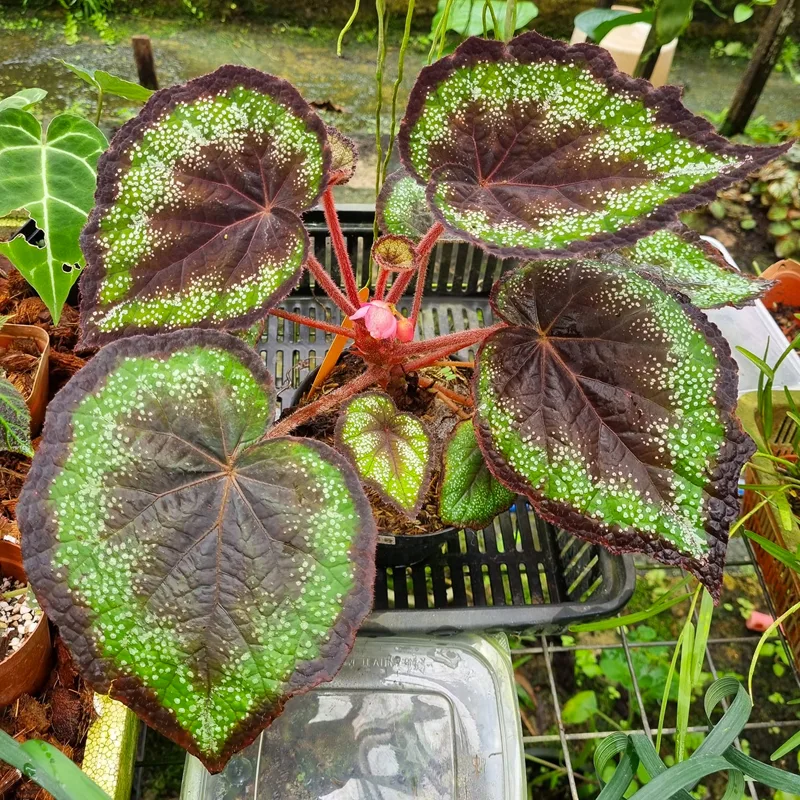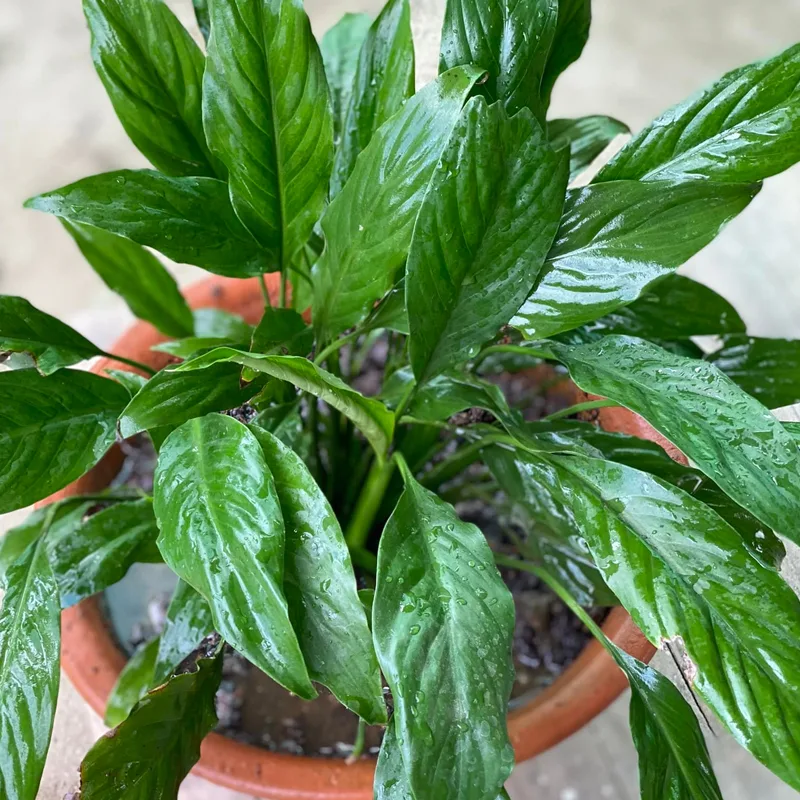A Journey into the World of Eriocaulaceae: My Botanical Fascination
As a budding botanist, I find myself endlessly captivated by the intricate beauty and ecological significance of the plant kingdom. One particular family that has piqued my curiosity is the Eriocaulaceae, also known as the pipewort family. This fascinating group of plants, primarily found in tropical and subtropical regions, exhibits a unique blend of morphological diversity and ecological adaptability. In this article, I’d like to share my insights into the intriguing world of Eriocaulaceae, exploring their characteristics, diversity, and ecological role.
The Allure of Eriocaulaceae
The Eriocaulaceae family is a captivating group of flowering plants, boasting an estimated 1,200 species across 7 genera. These plants are predominantly herbaceous, meaning they lack woody stems, and they exhibit a remarkable range of growth forms, from diminutive rosette-forming species to towering, reed-like plants. The most striking feature of Eriocaulaceae is their inflorescence, a compact head of tiny flowers surrounded by involucral bracts. These inflorescences, often borne on long stalks, come in a variety of colors, including white, yellow, brown, and even shades of pink and purple. The unique morphology of Eriocaulaceae inflorescences not only adds to their aesthetic appeal but also plays a vital role in their pollination strategies.
Diversity within the Family
One of the most fascinating aspects of the Eriocaulaceae family is its remarkable diversity. The family encompasses 7 recognized genera, each with its own distinct characteristics and distribution patterns. Among the most prominent genera are:
- Eriocaulon: This genus, the largest in the family, comprises over 400 species distributed across the tropics and subtropics. Eriocaulon species exhibit a wide array of growth forms and inflorescence types, making them a taxonomically challenging but ecologically significant group.
- Paepalanthus: With approximately 500 species, Paepalanthus is another major genus within the Eriocaulaceae family. These plants are primarily found in the Neotropics, particularly in the grasslands and savannas of South America. Paepalanthus species are known for their distinctive, often woolly, inflorescences and their ecological importance in fire-prone ecosystems.
- Syngonanthus: This genus, comprising around 200 species, is mainly distributed in the Neotropics, with a few representatives in Africa and Madagascar. Syngonanthus species are characterized by their unique, often brightly colored, inflorescences and their preference for moist habitats, such as swamps and stream banks.
- Leiothrix: This genus, with around 70 species, is primarily found in the Neotropics, particularly in the mountains of South America. Leiothrix species are known for their slender, grass-like leaves and their delicate, often white, inflorescences.
- 3 Other Genera: The remaining genera within the Comanthera, Mesanthemum, Rondonanthus are relatively small but no less intriguing. These genera exhibit a range of morphological and ecological adaptations, contributing to the overall diversity of the family.
Ecological Significance
The Eriocaulaceae family plays a vital role in the ecosystems they inhabit. These plants often dominate wetland communities, providing food and shelter for a variety of invertebrates and vertebrates. Their unique inflorescences attract a diverse array of pollinators, including bees, flies, and butterflies. Additionally, Eriocaulaceae species contribute to nutrient cycling and soil stabilization, particularly in fire-prone ecosystems.
Conservation Concerns
Despite their ecological importance, many Eriocaulaceae species face conservation threats due to habitat loss, degradation, and fragmentation. The conversion of wetlands for agriculture, urbanization, and other human activities poses a significant risk to these plants. Furthermore, climate change and the introduction of invasive species can further exacerbate their vulnerability. Conservation efforts, including habitat restoration, ex-situ conservation, and public awareness campaigns, are crucial to safeguard the future of these fascinating plants.
Conclusion
My fascination with the Eriocaulaceae family continues to grow as I delve deeper into their world. Their unique morphology, ecological significance, and conservation challenges make them a compelling subject of study. As a botanist, I am committed to contributing to the understanding and appreciation of these remarkable plants, ensuring their continued presence in our natural world for generations to come.
If i die, water my plants!



